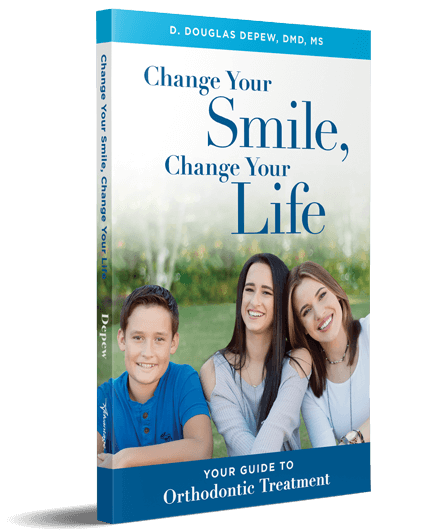Some things are perfectly fine for “do-it-yourself” if you have the skill, like replacing kitchen countertops, fixing a clogged sink, or changing your car’s oil. Other things, like dentistry, are not meant for DIY. Unfortunately, more people are choosing the DIY route when it comes to straightening their teeth.
The internet is responsible for this. Now people can find instructional videos and blogs promising quick fixes to common orthodontic problems. Several companies sell clear aligners to straighten teeth directly to consumers. What’s missing from all of these treatment options is the oversight of a knowledgeable and experienced professional.
For many people, this can add up to unintended consequences of DIY dentistry. When it goes wrong – and it often does – the results are bad. Here’s what can happen if you decide to play dentist with your own smile.
Unintended Consequences of DIY Dentistry
One common DIY treatment for crooked teeth is aligners that you can buy on the internet. First, you need to take an accurate impression of your teeth, which is challenging. Then you receive a series of clear aligners in the mail intended to take your teeth from where they are now to where you want them to be.
But moving teeth is complicated. (If it weren’t, orthodontists wouldn’t spend years of their professional life studying it!) Problems can arise even in the best of circumstances, and they’re much more common with DIY. For instance, if there’s not enough room in the mouth, teeth will shift to make room for other teeth that are moving, which can lead to crooked teeth. It’s even possible to move teeth right out of the bone. You don’t need to be a dental professional to know that’s a bad thing.
In some cases, DIY dental treatment can lead to the permanent loss of teeth. There’s a video online that shows you how to close a gap in between the front teeth with a little rubber band. What the video doesn’t explain is how that small rubber band can ride up and up and up along the tooth, under the gums, and eventually up the roots of the teeth. This can put pressure on the bone holding the teeth, leading to tooth loss.
These are just a few examples of what can happen when you choose to treat your own orthodontic issues. The takeaway is that by trying to fix one problem, you can end up with many more.
Understanding “Cost” Versus “Value”
With all the risks to DIY dentistry, why do so many people do it? The answer is simple: money. These “solutions” are appealing because they’re free or inexpensive compared with traditional orthodontics costs.
However, it’s important to understand the difference between cost and value. Cost is how much you pay. Value is what you get. You may pay $0 but end up with terrible results, meaning the cost is great but the value is terrible. Conversely, you may pay more for something but get exactly what you want. Here, the value is high because the quality is high compared to the cost. Orthodontic treatment that leaves you with a beautiful, healthy smile to last a lifetime can be the best value you ever find.
If you’ve considered DIY dental treatments, please simply talk to an orthodontist first. Don’t avoid the orthodontist because you assume you can’t afford treatment; you may be surprised to find out what your options are. Many orthodontists, including me, make it a priority to offer their patients affordable treatment. At my practice, we work with families to set up flexible payment arrangements that make it possible for them to get the treatment they need.
Having orthodontic treatment under the supervision of a specialist is a must. If you value your smile, don’t trust it in the hands of anyone other than an experienced professional – including yourself.

